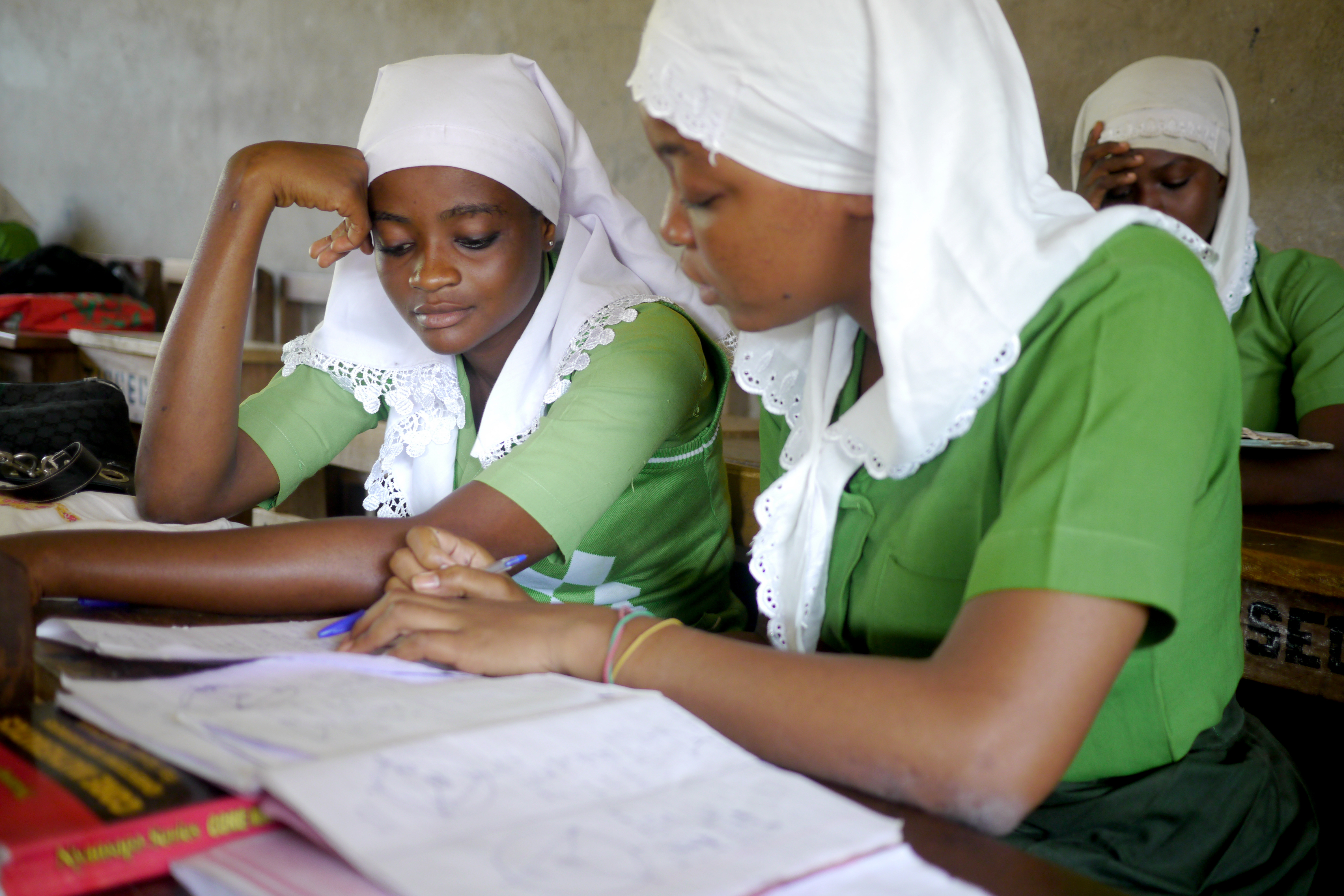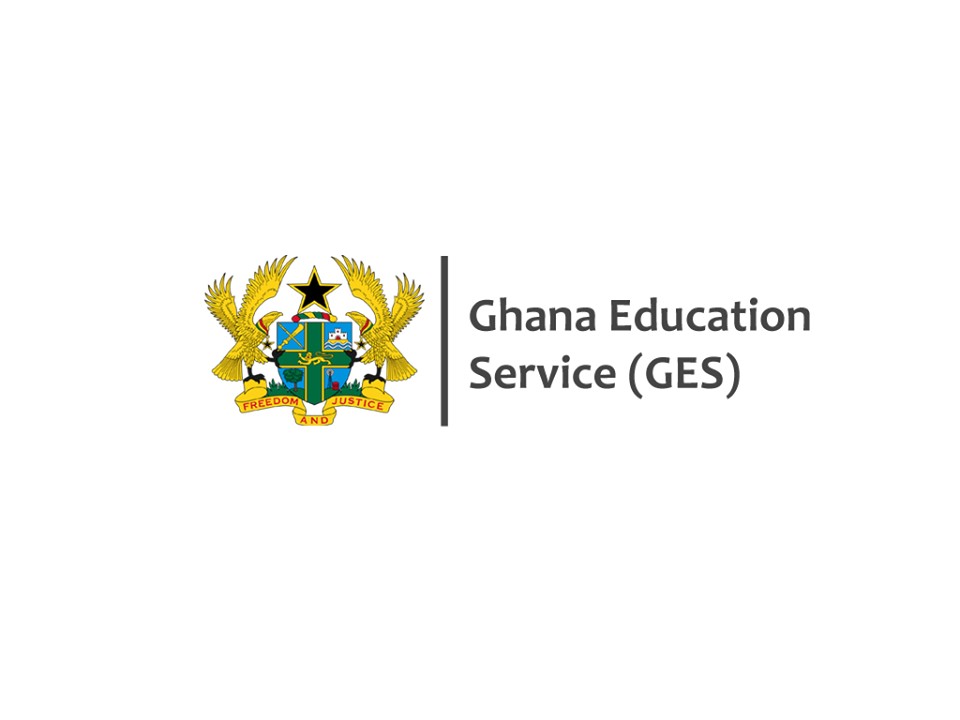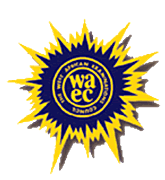The Role of Information in Secondary School Choice: Evidence from Ghana

Researchers with IPA, the Ghana Education Service, and the West African Examinations Council conducted a randomized evaluation to measure whether providing information to students and parents on secondary school characteristics and selection strategies impacted enrollment. The information influenced students’ school preferences and the characteristics they valued. In turn, students selected and were admitted into higher value-added schools, but enrollment did not change.
Secondary school enrollment in Sub-Saharan Africa has accelerated since 2000, decreasing the proportion of out-of-school upper secondary students by 16 percent.1 In Ghana, education is compulsory from 6 to 15 years of age, resulting in high enrollment rates in primary and junior secondary schools, but net enrollment in senior secondary is below 60 percent.3 Before entering senior secondary school, Ghanaian students submit a ranked list of up to four schools that they would like to attend. The Computerized School Selection and Placement System (CSSPS) of the Ghana Education Service uses this ranking, together with students' performance on the Basic Education Certification Exam (BECE), to place students. However, students must make their selection of schools with only very limited information on schools’ admission standards, academic performance, and fees.
From 2016 to 2020, researchers partnered with IPA, the Ghana Education Service, and the West African Examinations Council to conduct a randomized evaluation to measure the impact of providing information to students and parents on secondary school characteristics and selection strategies on enrollment outcomes. They designed and distributed a booklet about school choices, produced and screened a video about the school choice system, and facilitated a school-based workshop to provide information on how to navigate the application process and the various school programs. A total of 900 schools (encompassing 18,000 students) were randomly assigned equally to have students receive the booklet, video, and school-based workshop; students and parents receive the booklet, video, and school-based workshop; or receive no intervention and serve as a comparison group.
Both interventions increased the likelihood that households used the booklet for information about the quality of the schools and the school characteristics they valued such as admissions chance and distance from home. As such, students changed their school choice behavior in their applications. They were more likely to indicate that they considered admissions chances and thus applied to academically “safer” schools, they applied to a wider portfolio of schools, and they were more likely to list schools in order of difficulty. In turn, students were admitted to higher value-added schools. However, 40 percent of the students did not end up going to their selected schools, likely due to school fees causing unanticipated shocks and households changing their preferences between the intervention and the start of school.
Sources
1. United Nations Children’s Fund and African Union Commission. TRANSFORMING EDUCATION IN AFRICA: An evidence-based overview and recommendations for long-term improvements. UNICEF and AUC. New York, NY: 2021
2. World Bank Data, “School enrollment, secondary (% net) - Sub-Saharan Africa (excluding high income), Europe & Central Asia (excluding high income), East Asia & Pacific (excluding high income), Latin America & Caribbean (excluding high income), Middle East & North Africa (excluding high income),” World Bank Group, accessed January 19, 2024, https://data.worldbank.org/indicator/SE.SEC.NENR?locations=ZF-7E-4E-XJ-XQ
3. World Bank Data, “School enrollment, secondary (% net) - Ghana,” World Bank Group, accessed January 19, 2024, https://data.worldbank.org/indicator/SE.SEC.NENR?locations=GH
Implementing Partners













